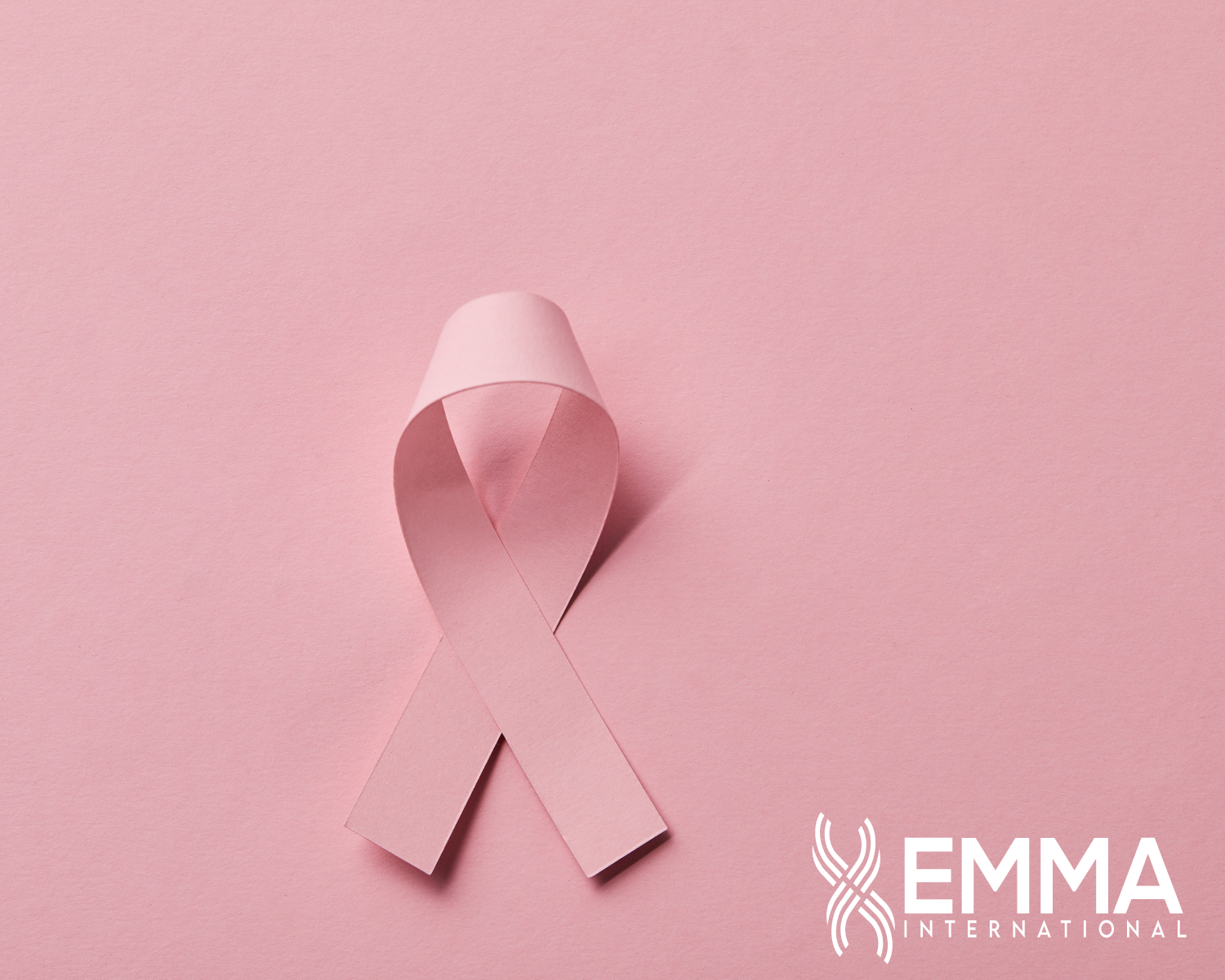October is the month that is designated internationally to bring awareness to the impact of breast cancer. The best screening tool to find cancer remains the mammogram. A mammogram is a low-dose x-ray picture of the breast. As in any cancer, early detection is key. Having regular mammograms when advised by a health care provider can lead to early detection before symptoms present resulting in early treatment.
In recent years thermography and nipple aspiration are examples of two screening tools that have been falsely advertised as alternatives to mammograms. Alternatives to mammograms are not FDA regulated. Thermography uses a special camera to show patterns of heat and blood flow to measure the temperature of the skin on the breast tissue1,2. Thermography was cleared by the FDA as an adjunctive tool that can be used alongside mammography, which is a primary diagnostic test3. It is critical to ensure that the public receives factual information that thermograms are not a substitute for mammograms. All sites that provide mammograms must be certified under the Mammography Quality Standards Act (MQSA)1. FDA keeps a list of all sites where you can obtain a mammogram. The standards for mammography machines and the training for mammogram providers are all regulated by the FDA1.
The FDA takes false marketing of thermography as a primary diagnostic seriously. According to former FDA Commissioner Scott Gottlieb, M.D., “The FDA is concerned that patients will rely on unapproved claims that thermography may be used as a sole screening device for breast cancer and not get screened with mammography, which is proven to save lives by detecting cancer and prompting patients to seek appropriate treatment. People who substitute thermography for mammography may miss the chance to detect breast cancer in its earliest and most treatable stages”3.
Just as thermograms are not a substitute for mammograms, nipple aspirators are not a substitute for mammograms. Nipple aspirate uses a breast pump to collect fluid from the nipple to screen for abnormal cells. When used independently the FDA has no evidence to support this alternative as an effective screening tool for any medical condition1. While the FDA does not believe this test is currently being marketed, it is important to ensure that women have access to factual information and are not persuaded by false marketing of alternatives to mammograms.
This October, we can all be part of the solution to either schedule your mammogram or ensure that your loved ones know that mammograms remain the number one tool in the early detection of breast cancer. More fact-based information can be found here.
1FDA. (2022, September 30). Mammography. Retrieved October 7, 2022, from: https://www.fda.gov/consumers/womens-health-topics/mammography
2BreastCancer.Org. (2022, July 27). Thermography. Retrieved October 7, 2022, From: https://www.breastcancer.org/screening-testing/thermography
3FDA. (2019, February 25). FDA issues warning letter to clinic illegally marketing unapproved thermography device, warns consumers to avoid using thermography devices to detect breast cancer. Retrieved October 7, 2022, from: https://www.fda.gov/news-events/press-announcements/fda-issues-warning-letter-clinic-illegally-marketing-unapproved-thermography-device-warns-consumers






